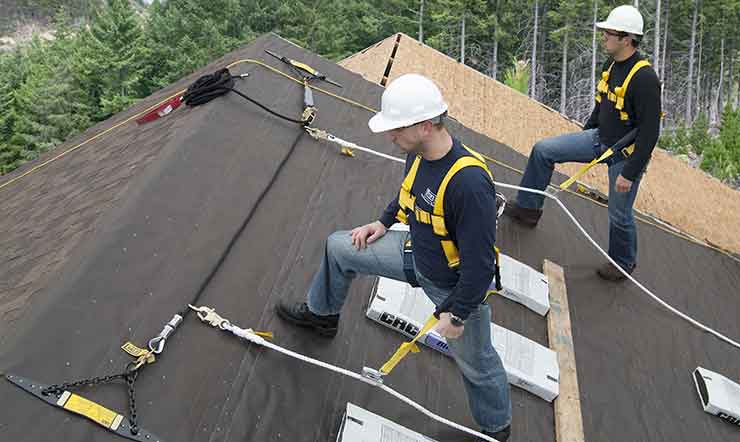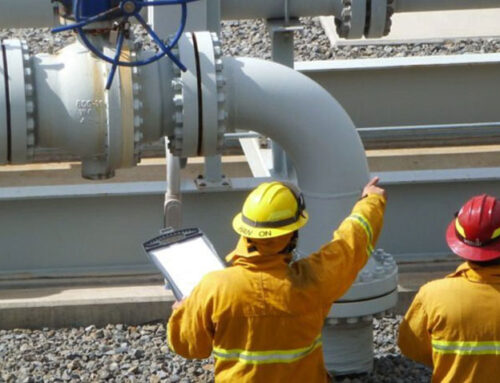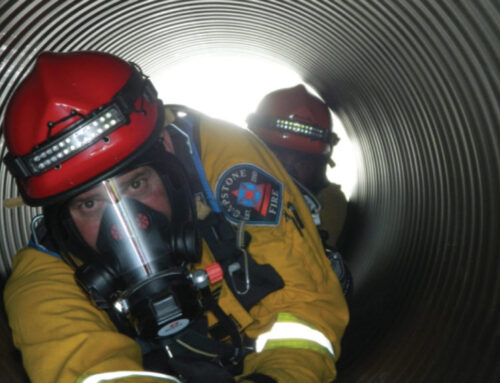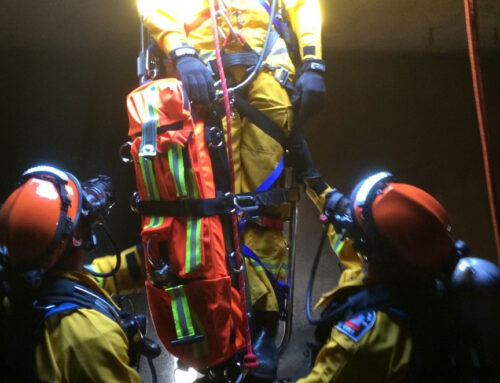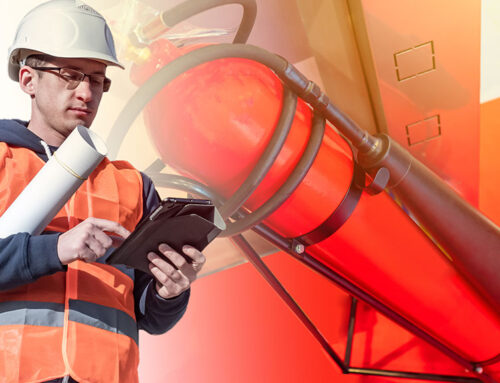The General Industry 29 CFR 1910 Subparts D and I where changed significantly in 2017 to reflect the Construction standard 29 CFR 1926 Subparts M and L. This post is a continuation of Part 1, 7 Keys to Understanding the Fall Protection Regulation changes.
- The General Requirements in 1910.22
- Ladders 1910.23
- Scaffolding 1910.27(a)
-
Duty to have Fall Protection and Falling Object Protection
In this section, the duty for fall protection has brand new wording that is used in 29 CFR 1926 Subpart M, except the requirement for GI is still 4 feet. Each employee must be protected from falling from hazards of unguarded sides, edges, various floor openings, and roofs. The duty for fall protection does not apply for the following:
- Portable ladders;
- When inspection, investigation, and assessment of work is conducted prior or after all work has begun or is completed (if fall protection systems are not already in place);
- Fall hazards by the exposed perimeters of entertainment stages;
- Exposed perimeters of rail-station platforms;
- Powered platforms covered by 1910.67(c)(2)(v)
- Aerial lifts covered by 1910.67(c)(2)(v);
- Telecommunication work covered by 1910.268(n)(7) and (8)
- Electric power generation, transmission, and distribution work covered by 1910.269(g)(2)(i)
The system for protecting workers from a fall are guardrails, safety net, and personal fall protection system (travel restraint, fall arrest, or positioning). However, the standard allows for employers that can demonstrate that it is not feasible; or if fall protection creates a greater hazard, then the employer can develop and implement a fall protection plan that meets the requirement of 29 CFR 1926.502(k) and training that meets the requirements of 29 CFR 1926.503(a) and (c).
-
Roof Work
For the first time, GI addresses workers who must be on a roof to do maintenance or other tasks. One industry that comes to mind is pest control, as companies must often tent a roof for fumigation work. The anchor point for a PFAS would be covered while the guardrail and safety nets would have tenting material obstructing the usefulness. Therefore, a detailed fall protection plan per the 29 CFR 1926.503 would be in order that would most likely include renting a crane or manlifts.
Additionally, this standard incorporates protection for a worker working on a low-slope roof less than 6 feet from the edge to have fall protection. A worker on a roof 15 feet from the roof edge does not need fall protection if the work is both infrequent and temporary.
-
Deadlines
The timelines related to these rulings are:
- Workers must be trained on fall hazards within 6 months of the rule being published in the Federal Register (This deadline has past as of December 2017)
- Workers that use equipment covered by the rule must be trained by 6 months of the rule being published
- 2 years for installing personal fall arrest or ladder safety on a new fixed ladder over 24 feet and replacement ladders/ladder section
- 2 years for outdoor advertising structures with fixed ladders over 24 feet to have a cage, well, PFAS, or ladder safety system
- Replace cage and wells with a ladder safety or PFAS on all fixed ladders over 24 feet in 20 years
-
1910.30 Training
The deadlines have some training requirements, but the training for employees is specific to certain items:
- Fall hazards
- How to use PFAS (training should have be done by May 17, 2017)
- Training must be done by a qualified person
Training must consist of:
- The nature of the fall hazard in the work area and how to recognize them
- The procedure to be followed to minimize the fall hazards identified
- The correct procedures for installing, inspecting, operating, maintaining, and disassembling the personal fall protection system
- How to do proper hook-up, anchoring, and tie-off techniques
- Methods of equipment inspection and storage
- How to use a dock board and how to secure one to prevent unintentional movement
- Training must be understandable to the worker, and when using a fall protection plan the training must be in accordance to 29 CFR 1926.503(a) and (c).
The many changes to the fall protection standards in general industry are robust and detailed. Many industries have done fall protection on their own by using construction 1926 Subparts L & M as guidance. Now the new rules will detail changes specific to GI concerns and hazards.
Capstone Fire & Safety Management’s Project Safety Specialist provides work site observation and hazard assessment observing OSHA and other safety regulations to ensure safe workplace conditions and employee adherence to safe work practices. Contact us to discuss your workplace safety needs.

